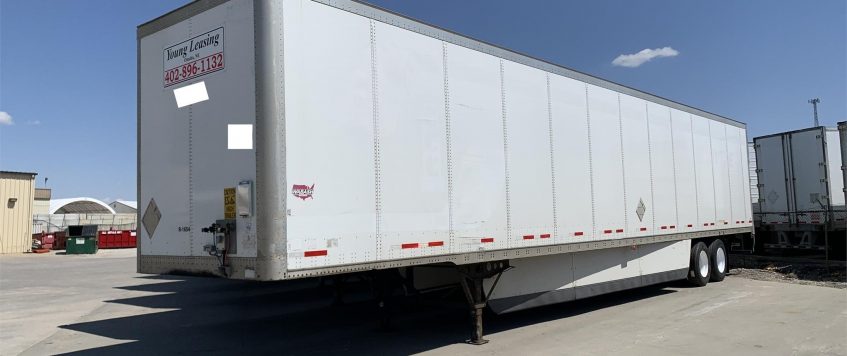-
24
Sep
Yellow and Werner agree: Trailers are today’s biggest issue in trucking
Trailer availability is the trucking industry’s biggest challenge over the next several quarters, transport CEOs said at the Council of Supply Chain Management Professionals Edge 2021 conference in Atlanta Monday.
It’s yet another hurdle for the trucking industry that’s already grappled with driver recruitment and retention, parts shortages, and semiconductor supply straining the equipment market.
In fact, the trailer market is even tighter than the Class 8 market, said Yellow CEO Darren Hawkins. And fellow panelist Derek Leathers, CEO of Werner Enterprises, agreed that trailers are the biggest issue.
“It seems like every week, there’s a new obstacle thrown at us,” Leathers said.
The trailer market is a supply and demand problem, the executives said. On the demand side, retailers are coming to LTLs with enormous amounts of freight to move between distribution centers and stores. The growth of e-commerce is a big contributor, as it created the need for smaller, more frequent shipments via LTL.
“It’s turbo charged,” Hawkins said of the retail freight environment and demand on LTL carriers. “And I don’t see that slowing down.”
In addition, when TL carriers are booked up, the freight spills over into LTL, creating additional demand for service, drivers, tractors and trailers.
“A pebble drops in Derek’s truckload channel, and it creates a tidal wave in LTL,” Hawkins said, referring to his fellow panelist.
The e-commerce demand surge has the knock-on effect of mispositioned inventory, where trailers exist but not in the right place at the right time. Some shippers are using trailers as warehouses to store their goods.
“We’ve got more trailers tied up in these detention situations than I’ve ever seen,” Hawkins said.
And when the trailers are in detention, that’s one fewer trailer which Yellow can use to service other LTL customers.
“I should have started the talk today with, ‘I’m Darren Hawkins. I’m the CEO of Yellow. And let me apologize,'” Hawkins said.
Leathers agreed that detention hurts shippers. It’s not doing the carriers any favors, either, as it doesn’t help with revenue or driver retention.
“It’s not fair to our network of customers if someone’s going to sit on those trailers,” Leathers said.
Werner is aware of the spots in its network where trailers are turned efficiently and where they “go to die.” Leathers said his company is reluctant to go into networks where trailers aren’t quickly turned. “We’re not in the detention business,” he said.
Leathers estimated capacity could increase 3% to 4% if trailers were turned efficiently.He implored shippers to do their best to increase trailer turns, as it’s one of the few solutions to the equipment crunch in the short term.
A longer term issue is OEMs’ ability to procure parts and have enough labor available to manufacture the trailers. August trailer orders were down 47% YoY, according to FTR data, largely because OEMs are not opening up large numbers of build slots.
Net U.S. trailer orders
“Pent-up demand grows every month,” FTR Vice President of Commercial Vehicles Don Ake said in a statement.
Yellow is having trouble getting trailers, Hawkins said. The company wanted to take delivery of 5,000 trailers for 2021, but will likely get 3,000.
Trailer manufacturer Wabash found demand for dry vans has been exceeding its production capacity for several years, according to CEO Brent Yeagy, speaking on the OEM’s July earnings call. The company asked its workforce to work overtime and weekends to fulfill orders in 2018 and 2019, around the time of the freight boom.
“And even then, we will have customers wanting,” Yeagy said. Wabash plans to increase dry van manufacturing capacity by about 20% to meet growing demand. It will scale up to produce 10,000 dry vans annually, Yeagy said.
But the increased manufacturing won’t happen overnight, and overall it adds just 5% dry van capacity to the industry.
“The equipment problem lasts through ’22, in my view,” Leathers said. “The worst is still ahead of us.”
by Shefali Kapadia at Transport Dive

